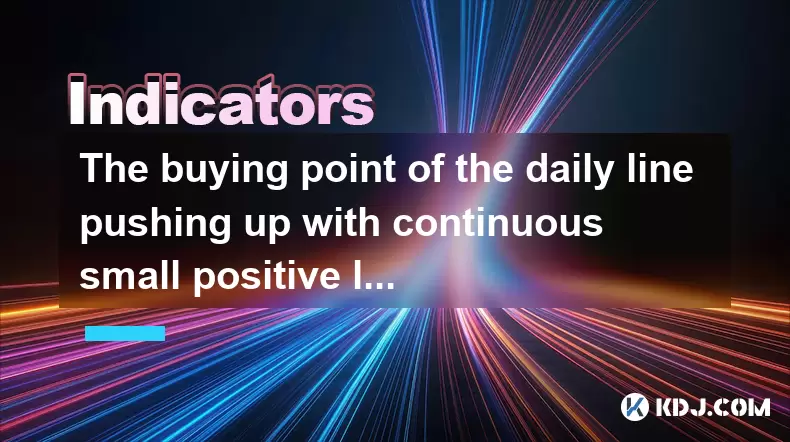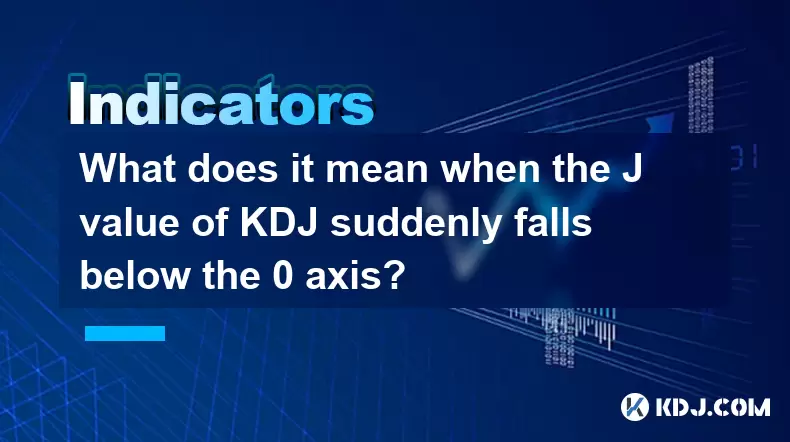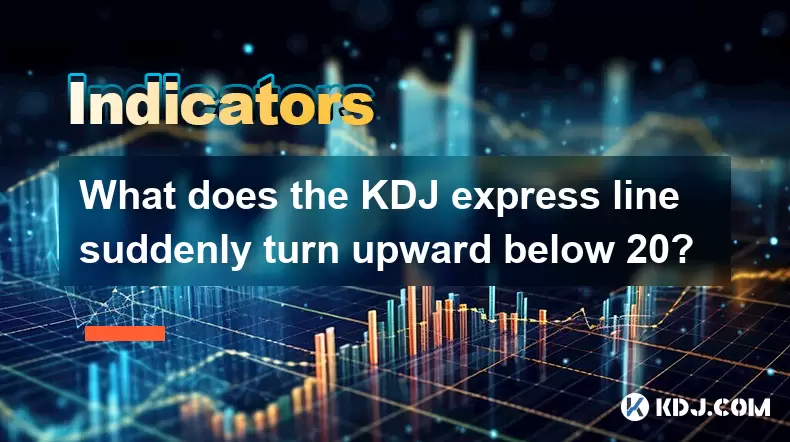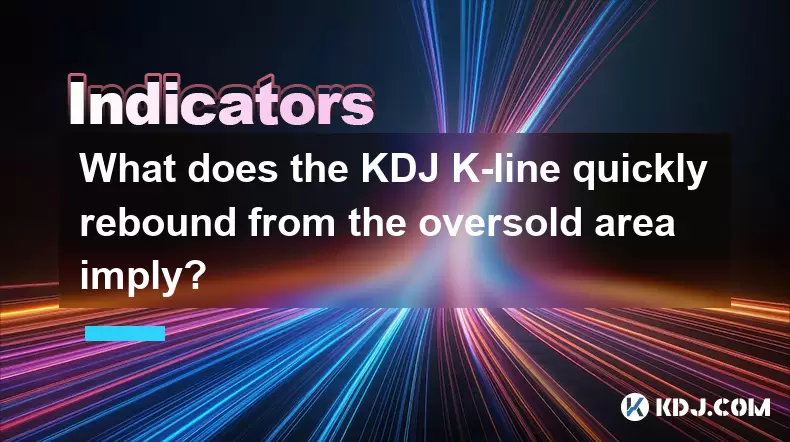-
 Bitcoin
Bitcoin $115100
-2.99% -
 Ethereum
Ethereum $3642
-1.38% -
 XRP
XRP $3.027
-5.51% -
 Tether USDt
Tether USDt $1.000
-0.05% -
 BNB
BNB $763.4
-1.32% -
 Solana
Solana $177.2
-5.42% -
 USDC
USDC $0.9999
-0.02% -
 Dogecoin
Dogecoin $0.2247
-6.47% -
 TRON
TRON $0.3135
0.23% -
 Cardano
Cardano $0.7824
-4.46% -
 Hyperliquid
Hyperliquid $42.53
-0.97% -
 Stellar
Stellar $0.4096
-6.09% -
 Sui
Sui $3.662
-2.61% -
 Chainlink
Chainlink $17.63
-3.57% -
 Bitcoin Cash
Bitcoin Cash $536.3
2.94% -
 Hedera
Hedera $0.2450
0.34% -
 Avalanche
Avalanche $23.23
-3.15% -
 Litecoin
Litecoin $112.2
-1.23% -
 UNUS SED LEO
UNUS SED LEO $8.976
-0.30% -
 Shiba Inu
Shiba Inu $0.00001341
-2.72% -
 Toncoin
Toncoin $3.101
-2.44% -
 Ethena USDe
Ethena USDe $1.001
-0.05% -
 Uniswap
Uniswap $10.08
-1.97% -
 Polkadot
Polkadot $3.938
-2.77% -
 Monero
Monero $323.9
0.87% -
 Dai
Dai $0.9999
-0.02% -
 Bitget Token
Bitget Token $4.481
-1.69% -
 Pepe
Pepe $0.00001199
-5.94% -
 Aave
Aave $288.2
-0.68% -
 Cronos
Cronos $0.1279
0.36%
The buying point of the daily line pushing up with continuous small positive lines after the long lower shadow of the weekly line finds the bottom
A weekly candle with a long lower shadow followed by three small rising daily candles signals strong support and a potential bullish reversal, ideal for a confirmed long entry.
Jul 24, 2025 at 04:01 pm

Understanding the Weekly Line with a Long Lower Shadow
When analyzing cryptocurrency price charts, the weekly candlestick provides a broader view of market sentiment compared to daily or hourly charts. A long lower shadow on a weekly candle indicates that during the week, sellers attempted to push the price down, but buyers stepped in strongly and drove the price back up before the week ended. This pattern often signals a potential bottom formation, especially when it appears after a prolonged downtrend. The long lower shadow suggests that the market may have found strong support at that price level. This becomes more significant when the closing price is near the top of the candle body, indicating bullish dominance by the end of the week.
The psychological implication is that sellers lost control, and buyers absorbed the selling pressure. Traders interpret this as a rejection of lower prices, which increases the likelihood of a reversal. However, confirmation is required before treating this as a reliable signal. That confirmation often comes in the form of subsequent price action on the daily chart, particularly when small positive candles begin to form.
Interpreting the Daily Chart: Continuous Small Positive Candles
After a weekly long lower shadow, the daily chart becomes critical in confirming whether the bottom has been established. A series of continuous small positive candles—each closing higher than the previous day—demonstrates steady accumulation by buyers. These candles do not need to be large; their consistency is what matters. Each small green candle shows that buying pressure is gradually increasing, and sellers are no longer able to push the price lower.
Key characteristics to look for include:
- Higher lows and higher highs forming on the daily chart
- Volume gradually increasing or remaining stable, indicating sustained interest
- Absence of long upper shadows, which would suggest rejection at higher prices
- Candles closing near their highs, reinforcing bullish control
This phase is often referred to as "pushing up", where the price climbs in a measured, confident manner. It reflects a shift from fear to cautious optimism among market participants. The combination of the weekly support signal and daily bullish follow-through increases the probability that a sustainable upward move is beginning.
Identifying the Optimal Buying Point
The ideal buying point occurs when the daily candles begin to push up consistently after the appearance of the weekly long lower shadow. Traders should wait for at least three consecutive small positive daily candles to confirm momentum. Entering too early—before confirmation—risks catching a falling knife. The strategy is to wait for the market to prove its strength.
To execute the entry:
- Monitor the daily close to ensure each candle finishes in the green
- Confirm that volume supports the upward move, avoiding low-volume rallies
- Use a limit order just above the high of the third small positive candle to avoid slippage
- Set a stop-loss below the lowest point of the weekly long lower shadow to manage risk
This method balances timing and safety, allowing traders to enter during early uptrend formation while minimizing exposure to false breakouts. The buying point is not a single moment, but a process of confirmation across multiple days.
Using Technical Indicators for Confirmation
While candlestick patterns provide strong visual signals, combining them with technical indicators enhances reliability. The Relative Strength Index (RSI) should ideally move from oversold territory (below 30) into neutral or slightly bullish zones (40–60), confirming that momentum is shifting. A rising MACD histogram with the signal line crossing above the MACD line adds further bullish confirmation.
Additional tools include:
- Moving Averages: A short-term MA (e.g., 9-day EMA) crossing above a longer-term MA (e.g., 21-day EMA) signals short-term bullish momentum
- Volume Profile: Look for high volume at the bottom of the long lower shadow, indicating strong demand
- Support Levels: Align the weekly shadow low with historical support or Fibonacci retracement levels for added confluence
These indicators should not be used in isolation. Instead, they validate the candlestick pattern and increase confidence in the trade setup. When multiple indicators align, the probability of a successful long position improves significantly.
Practical Example: Applying the Strategy on a Crypto Chart
Consider a scenario involving Bitcoin (BTC) on a weekly chart. After a 30% drop over five weeks, Week 6 forms a candle with a long lower shadow, dipping to $58,000 but closing at $62,000. The shadow represents a failed breakdown attempt. In the following week, the daily chart shows:
- Day 1: Small green candle, closes at $62,300
- Day 2: Another small green candle, closes at $62,700
- Day 3: Third green candle, closes at $63,200 with rising volume
At this point, the conditions are met. A trader places a buy limit order at $63,300, just above the third candle’s high. The stop-loss is set at $57,800, below the weekly shadow low. Over the next ten days, the price climbs to $68,000, validating the setup.
This example illustrates how patience and precision lead to high-probability entries. The strategy avoids emotional trading by relying on structured, rule-based criteria.
Frequently Asked Questions
What if the small positive candles appear but volume is declining?
Declining volume during upward movement suggests weak conviction. Even if the candles are green, lack of volume may indicate a lack of real buying interest. In such cases, the signal is less reliable. Wait for volume to increase alongside price to confirm genuine accumulation.
Can this pattern occur in sideways markets?
Yes. In a ranging market, a weekly long lower shadow may simply reflect testing of support rather than a true bottom. The key difference is the absence of a prior downtrend. For this strategy to be effective, it should follow a clear bearish move to qualify as a potential reversal.
How long should I hold the position after entering?
Holding duration depends on your trading style. Swing traders may exit when daily candles start showing long upper shadows or red closes. Position traders might hold until key resistance levels are reached. Always use trailing stop-losses to protect profits as the price rises.
Does this strategy work on altcoins?
Yes, but with caution. Altcoins are more volatile and prone to manipulation. Ensure the altcoin has sufficient liquidity and trading volume. Apply the same pattern recognition, but give extra weight to broader market conditions (e.g., Bitcoin’s trend) when trading smaller-cap cryptocurrencies.
Disclaimer:info@kdj.com
The information provided is not trading advice. kdj.com does not assume any responsibility for any investments made based on the information provided in this article. Cryptocurrencies are highly volatile and it is highly recommended that you invest with caution after thorough research!
If you believe that the content used on this website infringes your copyright, please contact us immediately (info@kdj.com) and we will delete it promptly.
- Bitcoin Swift (BTC3): Last Call for Presale Stage 1!
- 2025-07-25 23:10:12
- Kiyosaki's Crypto Playbook: Ditching Paper for Real Assets Like Bitcoin
- 2025-07-25 22:30:11
- Satoshi-Era Whales Stir the Bitcoin Pot: What's the Deal?
- 2025-07-25 22:30:12
- Pi Coin Value in Indian Rupees (INR) 2024: Decoding the Hype
- 2025-07-25 21:45:50
- Crypto Investing: Top Picks and Meme Coin Mania in '25
- 2025-07-25 21:52:07
- Ark Invest's Portfolio Rebalance: Coinbase, Block, and the Crypto Shift
- 2025-07-25 21:52:07
Related knowledge

What does it mean when the J value of KDJ suddenly falls below the 0 axis?
Jul 26,2025 at 12:01am
Understanding the KDJ Indicator in Cryptocurrency TradingThe KDJ indicator is a momentum oscillator widely used in cryptocurrency trading to identify ...

How to interpret that the KDJ D line is downward for a long time but the price is sideways?
Jul 25,2025 at 07:00pm
Understanding the KDJ Indicator and Its ComponentsThe KDJ indicator is a momentum oscillator widely used in cryptocurrency trading to assess overbough...

What does the KDJ express line suddenly turn upward below 20?
Jul 25,2025 at 11:49pm
Understanding the KDJ Indicator in Cryptocurrency TradingThe KDJ indicator is a momentum oscillator widely used in cryptocurrency trading to identify ...

What does the KDJ K-line quickly rebound from the oversold area imply?
Jul 26,2025 at 12:21am
Understanding the KDJ Indicator in Cryptocurrency TradingThe KDJ indicator is a momentum oscillator widely used in cryptocurrency trading to identify ...

What does it mean that the KDJ indicator forms a double bottom at a low level?
Jul 25,2025 at 05:08pm
Understanding the KDJ Indicator in Cryptocurrency TradingThe KDJ indicator is a momentum oscillator widely used in cryptocurrency trading to identify ...

What does it mean that the RSI continues to hover in the 40-60 range?
Jul 25,2025 at 11:07pm
Understanding the RSI and Its Typical BehaviorThe Relative Strength Index (RSI) is a momentum oscillator that measures the speed and change of price m...

What does it mean when the J value of KDJ suddenly falls below the 0 axis?
Jul 26,2025 at 12:01am
Understanding the KDJ Indicator in Cryptocurrency TradingThe KDJ indicator is a momentum oscillator widely used in cryptocurrency trading to identify ...

How to interpret that the KDJ D line is downward for a long time but the price is sideways?
Jul 25,2025 at 07:00pm
Understanding the KDJ Indicator and Its ComponentsThe KDJ indicator is a momentum oscillator widely used in cryptocurrency trading to assess overbough...

What does the KDJ express line suddenly turn upward below 20?
Jul 25,2025 at 11:49pm
Understanding the KDJ Indicator in Cryptocurrency TradingThe KDJ indicator is a momentum oscillator widely used in cryptocurrency trading to identify ...

What does the KDJ K-line quickly rebound from the oversold area imply?
Jul 26,2025 at 12:21am
Understanding the KDJ Indicator in Cryptocurrency TradingThe KDJ indicator is a momentum oscillator widely used in cryptocurrency trading to identify ...

What does it mean that the KDJ indicator forms a double bottom at a low level?
Jul 25,2025 at 05:08pm
Understanding the KDJ Indicator in Cryptocurrency TradingThe KDJ indicator is a momentum oscillator widely used in cryptocurrency trading to identify ...

What does it mean that the RSI continues to hover in the 40-60 range?
Jul 25,2025 at 11:07pm
Understanding the RSI and Its Typical BehaviorThe Relative Strength Index (RSI) is a momentum oscillator that measures the speed and change of price m...
See all articles

























































































